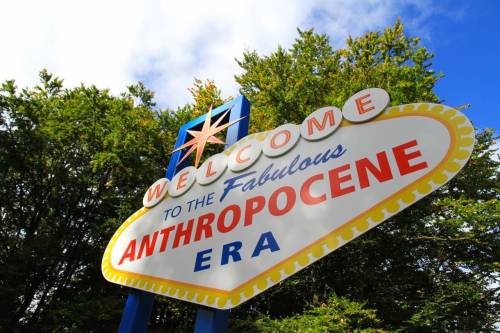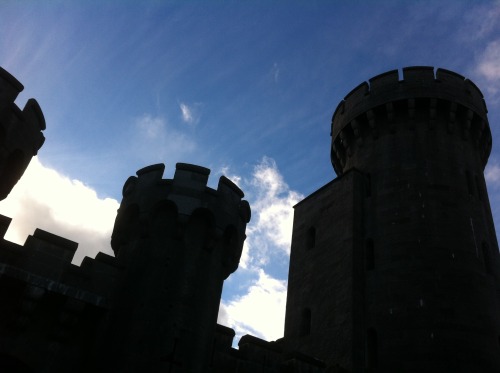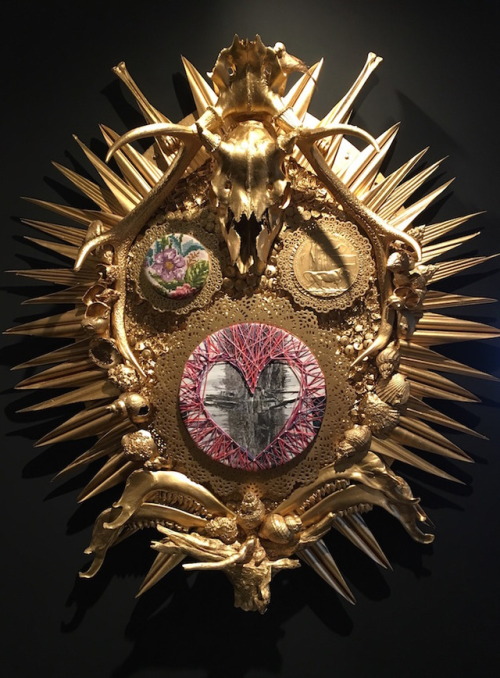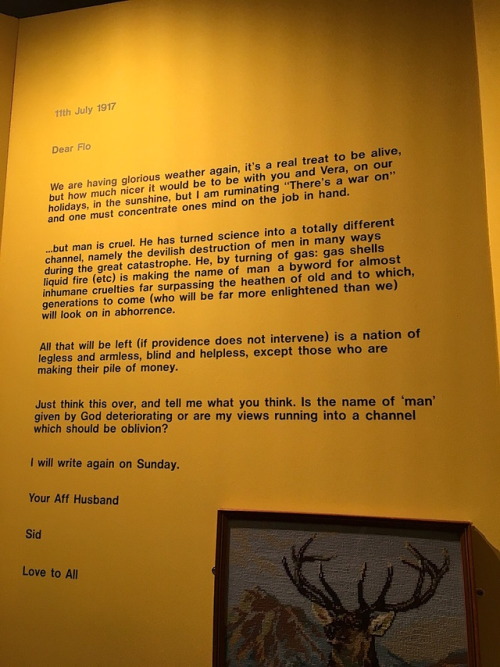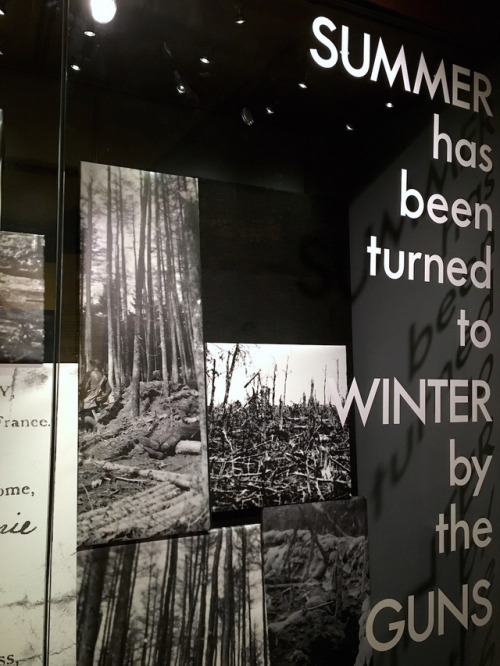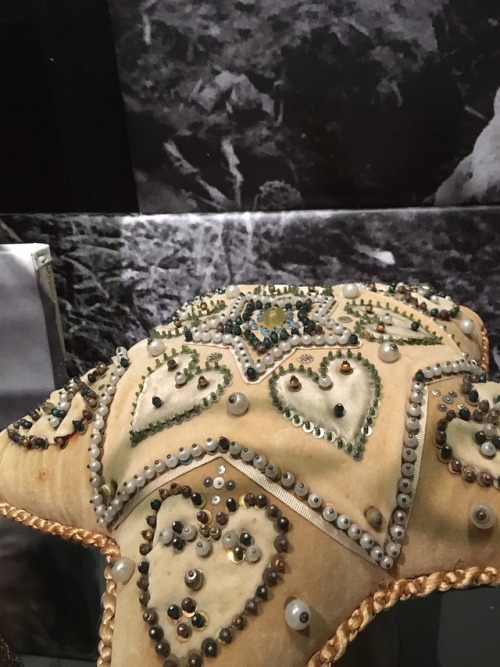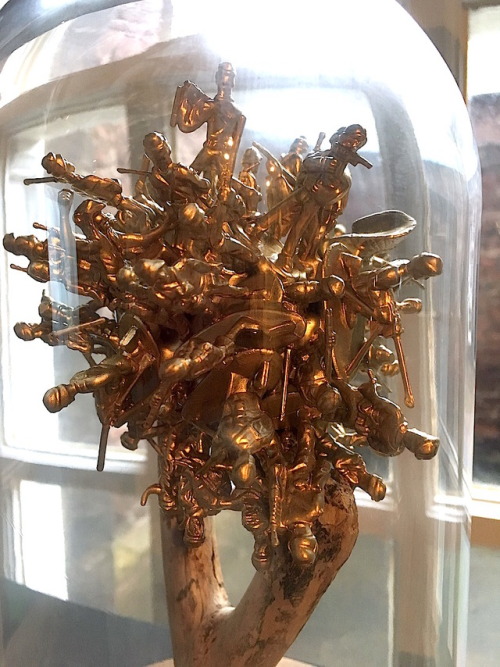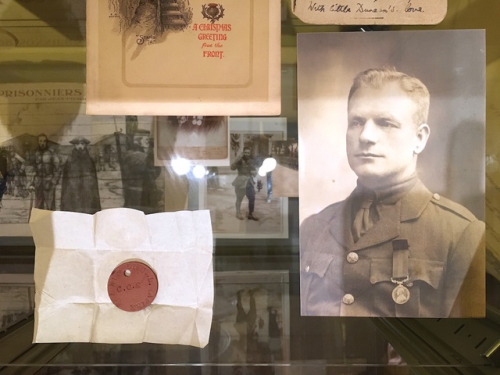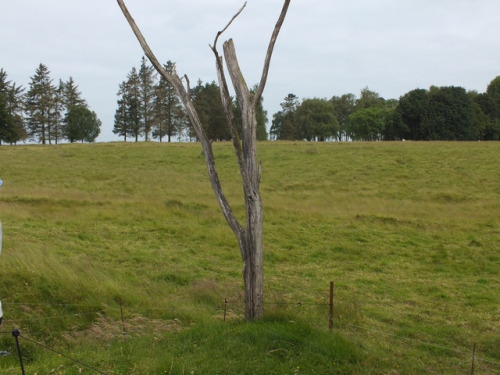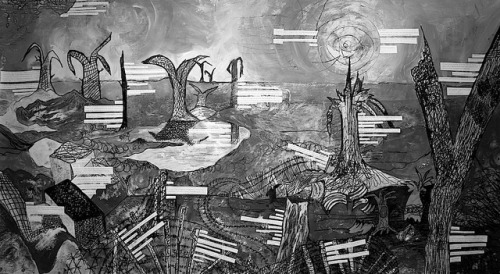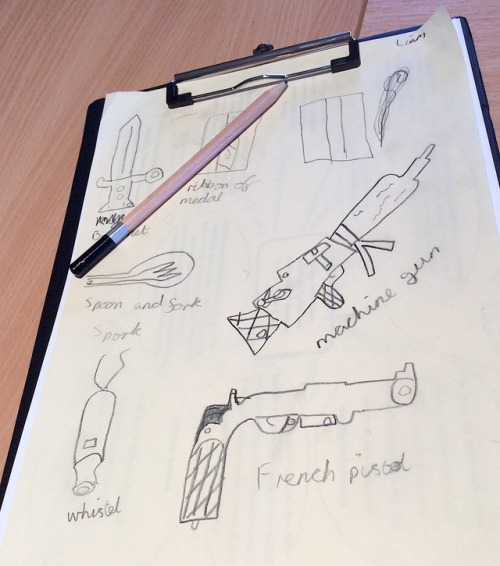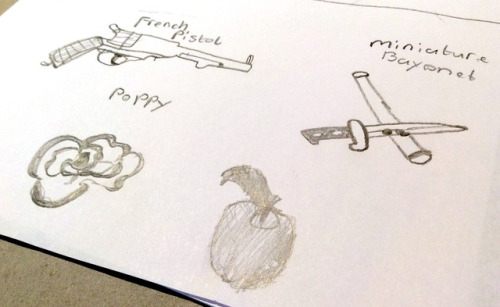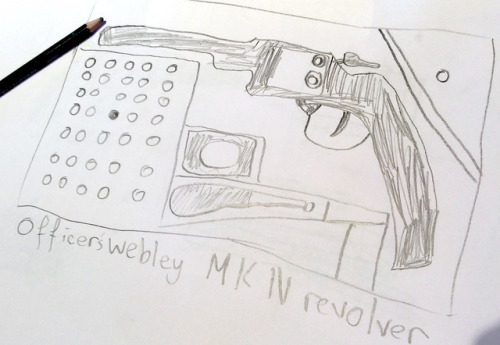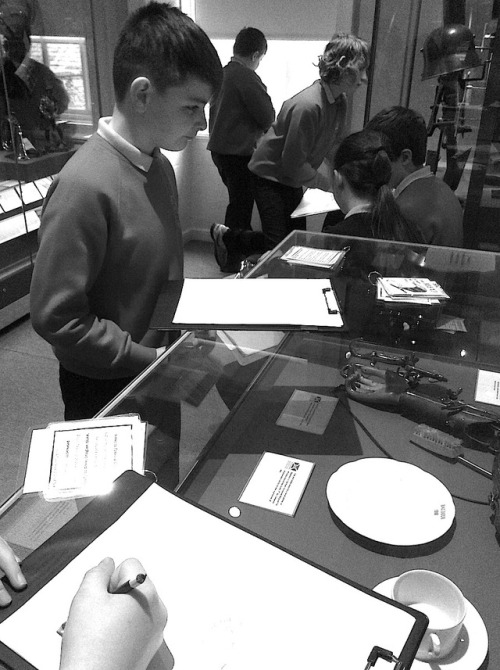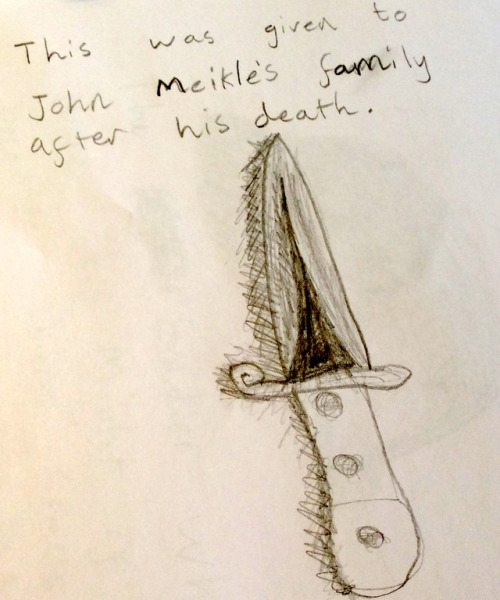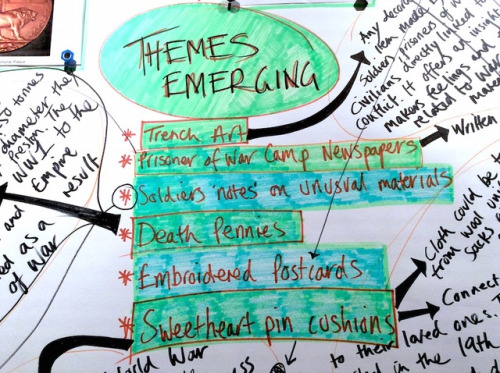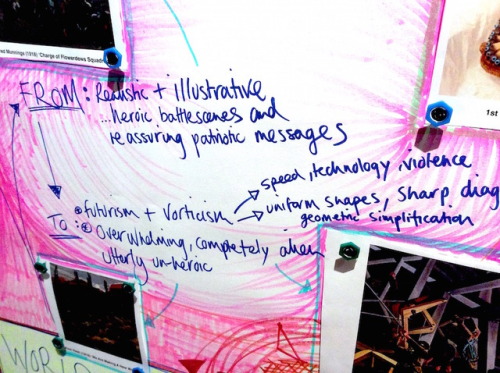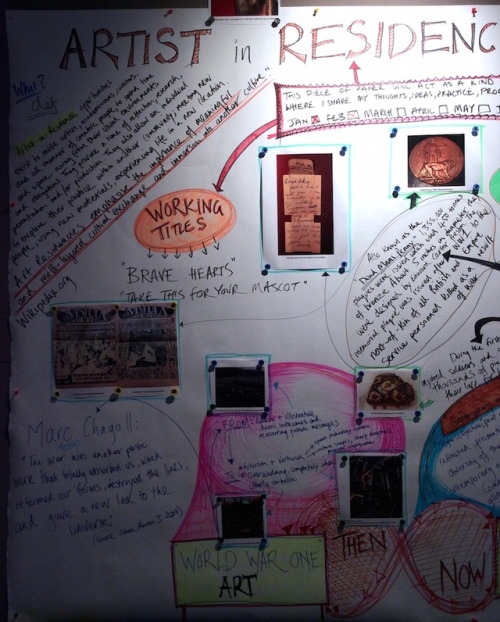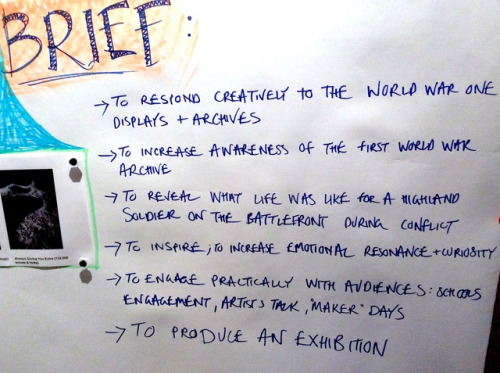#art research
The ASLE-UKI Postgraduate Conference 2016:
‘A change of (s)cene: reviewing our place in a new geological epoch’
University of Lincoln
31st August – 2nd September 2016
I shall be exhibiting and contributing to a postgraduate conference during Autumn that’s using ‘Habitus’ (2013) as it’s headline image.
‘In 2016, the International Commission on Stratigraphy is due to consider formalising the Anthropocene as a new geological epoch. In light of this, the conference aims to review and reflect on what literature and culture might have to say about our place in a world shaped by human activity. With a keen interest in ecological systems, anthropogenic processes and the interaction between humans and nonhumans, ecocritics and the environmental humanities have already begun to open up discussion about the origins and implications of the Anthropocene; ultimately questioning what this might mean for humanity and our planetary home. The conference will facilitate an interdisciplinary dialogue between different approaches to the study of climate change, environmental distress and various eco-catastrophes.’
Submissions:
Individual papers will be 20 minutes long. Please send a 300 word abstract and a 50 word biography to Michelle Poland, Rebecca Ford and Alex Bevan – [email protected] – by 31st March 2016. Proposals for panels are also welcome: please send a 200 word summary of the rationale for the panel, in addition to individual abstracts. Any further enquires can sent to the above email address.
Possible topics might include, but are certainly not limited to:
- Planetary history and deep time; human and natural temporalities
- Major or minor, global or local climatic events
- Postcolonial ecocriticism
- Disaster, extinction, end of nature, apocalypse
- Waste, pollution and sustainability
- Industrial developments, new technology, energy challenges
- Nature/culture, human/nonhuman boundaries
- Narratives of change, imagined futures
- Affects and aesthetics
- Romantic nature, Gothic nature, EcoGothic
- Ecopsychology: internal and external crisis
- Environmental philosophy, environmental and animal ethics, environmental law (e.g. 2015 United Nations Climate Change Conference in Paris)
Post link
Penrhyn Castle and Arts Council Wales Artist in Residence - 2015 / 16
We seek an imaginative approach to some of the themes suggested by the site, and the following may provide a starting point:
Narrative: what are the accepted histories, and the hidden histories, of Penrhyn and its people, and how may these be reframed for a 21stC audience?
Post link
Artist in Residence Exhibition
‘Summer Has Been Turned To Winter By The Guns’ (2017)
at
The Highlanders’ Museum (Queen’s Own Highlanders Collection)
8th October 2017 – 18th March 2018
“It has been a real experience for staff, volunteers, visitors and local schoolchildren to work with our Artist in Residence on this project – seeing our World War One archive through fresh and creative eyes. Robyn Woolston’s exhibition is stunning, thought-provoking and presents a personal response to ‘The Great War’ from the artist and the children and adults who contributed to the project.”
Education Officer, Gill Bird
Project Blog: https://highlandersmuseumww1.tumblr.com
Location:
Fort George is a ‘registered Ancient Monument’ and for over 235 years has been a military garrison and training depot for a Regular Infantry Battalion of the British Army. It is currently home to the 3rd Battalion The Royal Regiment of Scotland.
Set in what was formerly the Lieutenant Governor’s house, the Highlanders’ Museum was founded over 60 years ago. The museum houses more than 5,000 gallantry awards and campaign medals won by the fighting men of the regiment as well as silver and personal artefacts. It also contains a set of Colours carried at the Battle of Waterloo and King Edward VIII’s regimental uniform.
Opening Times: 10.00am - 3.15pm / closed at weekends Dec & Jan
Admission to the Highlanders’ Museum (Queen’s Own Highlanders Collection) is FREE but you must pay an admission charge to visit Fort George. Adult - £9.00 Concession - £7.20 Child aged 5–15 - £5.40 Under 5 - FREE
Exhibition Fabrication: G & T Project Management
Post link
I’m midway through the research stage of my residency at Fort George, a large 18th-century fortress near Ardersier, to the north-east of Inverness, Scotland. Working out of the Highlanders’ Museum (Queen’s Own Highlanders Collection), the museum covers three floors of Fort George’s former Lieutenant Governors’ House.
Project Aims:
- To respond creatively to the World War 1 displays and archives at The Highlanders’ Museum (Queen’s Own Highlanders Collection).
- To engage with local children and communities
- To produce a finished artwork/exhibition to be exhibited at The Highlanders’ Museum (Queen’s Own Highlanders Collection) for 6 months (October 2017 - March 2018)
So far I’ve been working here for three months and completed 5 primary school workshops which have resulted in a wall-based battlefield mural, a series of imaginary medals, a collection of Trench Poetry and a series of letters home to loved ones.
‘We are absolutely delighted to welcome artist Robyn Woolston to The Highlanders’ Museum as our Artist in Residence and are excited about the work she has already been doing. The project will help bring our First World War archive to life featuring some of the interesting stories and characters which exist in the original letters, diaries and photographs kept by Highland soldiers during the conflict.’
Gill Bird / Education and Outreach Officer
From personal, hand-drawn, love letters to military orders, each visit provides a proliferation of compelling avenues for investigation.

It’s a time of immersion and editing, of reflection and navigation through a collection that houses thousands of objects, photographs, paintings, uniforms and reference texts.
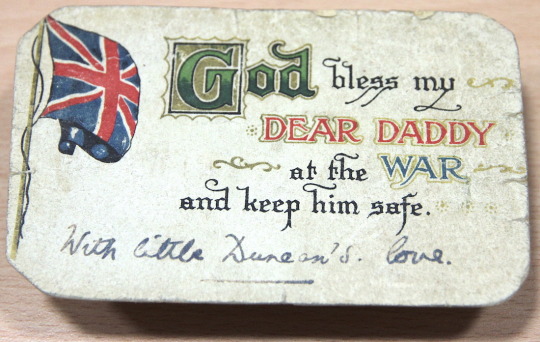
‘God bless my DEAR DADDY at the WAR and keep him safe. With little Duncan’s love.’ / SGT DAVID J MCRAE 240180
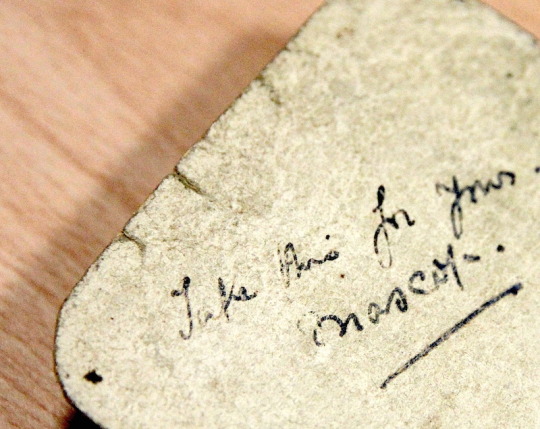
‘Take this for your mascot’ / SGT DAVID J MCRAE 240180
It’s also a time of contemplation in terms of the ‘axis’ that embodies ‘where’ creative response meets military rigour. Of considering how suitability and juxtaposition may highlight-and-handle harrowing conflict-based narratives. I’m conceiving of plans which will both comment and illuminate with the intention of partially pushing aside many of the traditional conventions, or norms, in terms of museum display. Questions arise as to ways in which one can effectively honour tradition whilst reigniting/reframing perceptions.
S U M M E R H A S B E E N
T U R N E D T O
W I N T E R B Y T H E
G U N S
(A label found below a photograph housed deep within a section of the photographic archive not open to the general public)
Image 1: Beaumont Hamel - Battle of the Somme. This image was provided by Dave Chapman, Research and Volunteer Coordinator at the museum in response to our battlefield mural below it. He took this photograph on a battlefield tour and went on the tell me that the tree was used by both sides as a reference point for target indications during WW1.
Image 2: Battlefield mural created by Ardesier Primary School children as part of my Artist Residency
Post link
Residency Progress Report / 20th February 2017
I’m lucky to have spent some concentrated time delving into the archives (photographic + object based) at the Highlanders’ Museum at Fort George, Inverness, over the past 6 weeks. It’s provided a fascinating, funny, and at times, incredibly poignant window onto the everyday lives of families, soldiers and regiments during World War One.
Naturally there are War Diaries, which detail strategic manoeuvres and life-saving co-ordinates, but there are also highly personal notes like the one sent from son to father which signs-off ‘Your dying son’or the postcard which reads ‘God bless my DEAR DADDY at the WAR and keep him safe’
Out of this densely woven web of narratives I’m beginning to navigate some ‘pathways for expression’ which will lead to an exhibition on-site from October 2017 - March 2018.
Image: The photographs above show my working space at the museum. It’s an ‘open-studio’ of sorts where I can communicate with people visiting the site, explore ideas and get a feel for the over-arching narratives that are emerging out of my residency.
Post link

